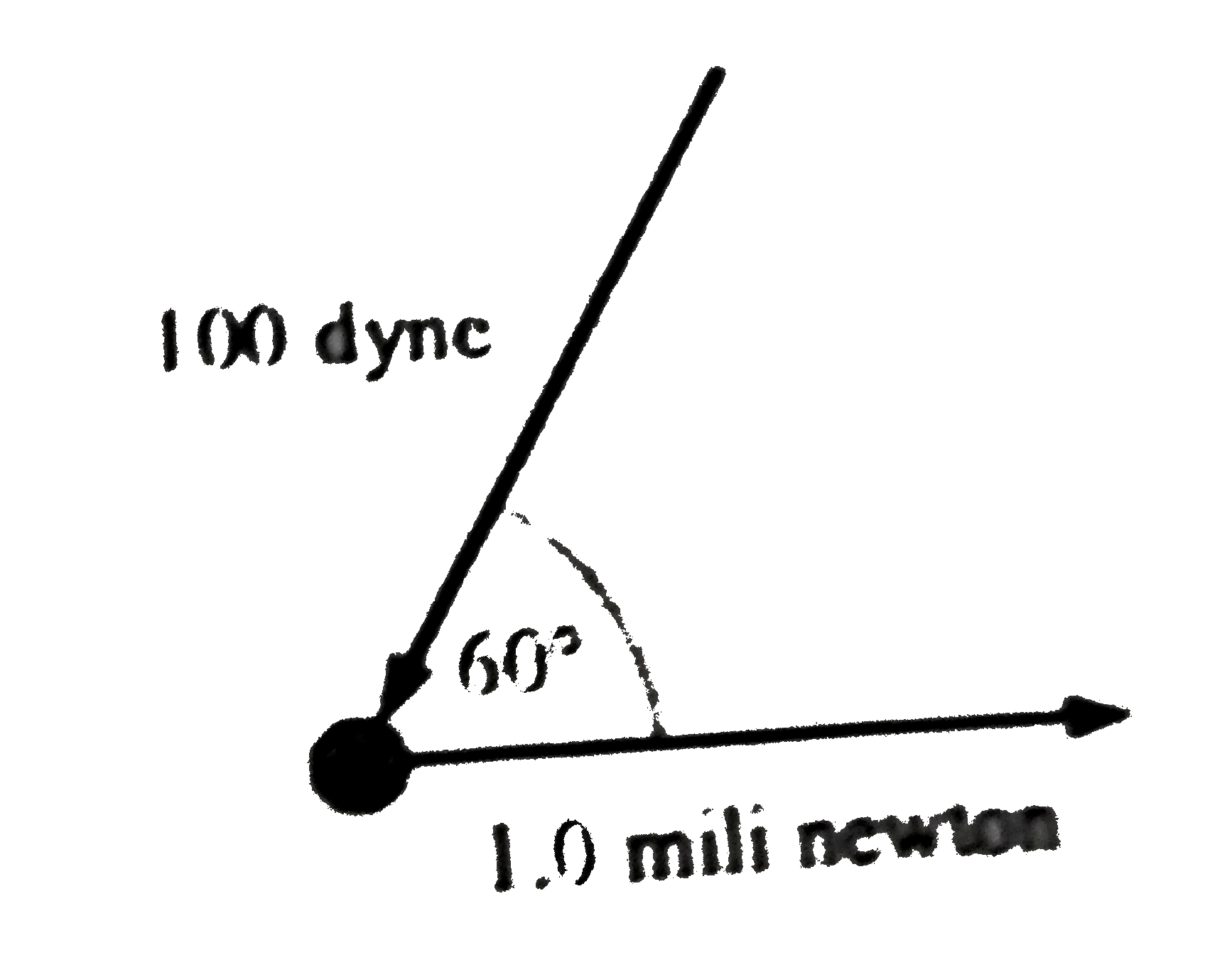Which of the following sets of forces acting simultaneously on a particle keep it in equilibrium? (in newton)Solution in Telugu
2, 3, 6
7, 8, 19
3, 4, 5
1, 3, 7
The correct Answer is:C
Step by step video, text & image solution for Which of the following sets of forces acting simultaneously on a particle keep it in equilibrium? (in newton) by Physics experts to help you in doubts & scoring excellent marks in Class 11 exams.
Topper's Solved these Questions
- BOOK - AAKASH SERIESCHAPTER - MOTION IN A PLANE EXERCISE - Exercise -II135videos
MOTION IN A PLANE
- BOOK - AAKASH SERIESCHAPTER - MECHANICAL PROPERTIES OF SOLIDSEXERCISE - EXERCISE - 326videos
MECHANICAL PROPERTIES OF SOLIDS
- BOOK - AAKASH SERIESCHAPTER - MOTION IN A STRAIGHT LINEEXERCISE - Questions for Descriptive Answers7videos
MOTION IN A STRAIGHT LINE
Similar Questions
A person runs along a circular path of radius 5 m. If he completes half of the circle find the magnitude of the displacement vector, How far the person ran ?
02:22View SolutionA wire of length 1m and radius 1mm is subjected to a load. The extension is 'x'. The wire is melted and then drawn into a wire of square cross-section of side 1mm. What is its extension under the same load?
02:57View SolutionThree tortoises are located at the vertices of an equilateral triangle whose side equals a They all start moving simultaneously with velocity v constant in modulus with the first tortoise heading continually for the second , the second for the third and the third for the first . They will meet after time
05:19View SolutionIn the following options you are given the magnitudes of three forces in newton acting simultaneously on a body. Fint the set for which the resultant force on the body can be zero
02:04View SolutionWhich of the following sets of forces acting simultaneously on a particle keep it in equilibrium?
03:11View SolutionThree forces of magnitude 30, 60 and P Newton acting on a particle and particle is in equilibrium. If the angle between the first two forces is 60^(@) , the value of P is
View SolutionTwo forces act on a particle simultaneously as shown in the figure. Find net force in milli newton on the particle. [Dyne is the CGS unit of forces ]
 03:24View Solution
03:24View SolutionFour forces acting on a particle keep it in equilibrium, then :-
02:55View SolutionThree forces bar(F_(1)), bar(F_(2)) and bar(F_(3)) are simultaneously acting on a particle of mass 'm' and keep it in equilibrium. If bar(F_(1)) force is reversed in direction only, the acceleration of the particle will be.
03:24View SolutionWhich of the following sets of forces acting simultaneously on a particle keep it in equilibrium?
View SolutionWhich of the following sets of forces acting simultaneously on a particle keep it in equilibrium? (in newton)
View SolutionWhich of the following sets of forces acting simultaneously on a particle keep it in equilibrium?
03:50View SolutionWhich of the following sets of forces acting simultaneously on a particle keep it in equilibrium ?
03:15View SolutionWhich of the following sets of forces acting simultaneously on a particle keep it in equilibrium?
02:18View SolutionA weightless rod is acted upon by upward parallel forces of 2 newton and 4 newton magnitudes at ends A and B respectively. The total length of the rod AB = 3metere. TO keep the rod in equilibrium a force of 6 newton act in the following manner.
02:22View SolutionTwo forces act on a particle simultaneously as shown in the figure. Find net force in milli newton on the particle. [Dyne is the CGS unit of forces ]
 06:37View Solution
06:37View Solution

